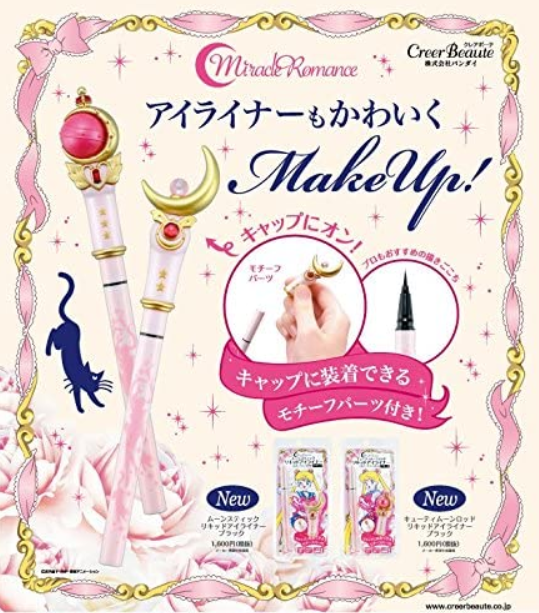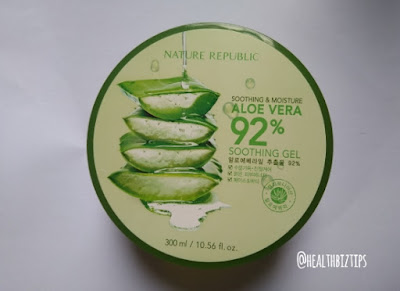8 Simple Test to Know if your Honey is Real...or Fake
Honey: How to determine Fake from Real
By: Arlene Gentallan
Honey is a nutritious delicious food packed with health benefits. But, chances are, you've bought a fake honey yourself. Did you know that "more than three-fourths of the honey sold in U.S. grocery stores isn’t exactly what the bees produce" according to an article published on Food Safety News.
If three our of four honey are fake, your chances of buying a fake honey is indeed high. You have to know what's real.
What is the difference between real honey and fake honey?
Real honey (aka. pure or natural) is made by bees from flower's nectar. On the other hand, fake honey (also called artificial or adultered honey) is made from sugar, dextrose, corn syrups, flour, artificial flavor, or high fructose corn syrup.
Crystallizing does not spoil the honey
Did you know folks that it is normal for real honey to crystallize. There is a process called "ultrafiltration" where microscopic particles of the honey is removed to prevent the honey from cystallizing.
However, if a honey is ultra-filtered and no longer contains pollen, it is deemed by the US Food and Drug Administration as fake honey. There are those who disagree and claims that filtered honey are still real honey.
However, filtering does have it's downfall since it remove important vitamins and enzymes from the honey. Removing the pollen compromises the antimicrobial and anti-inflammatory property of honey.
1. Observe for crystallization
If a bottle of honey is hanging out of your store's shelf for a long time but it doesn't crytallize, there's a chance that it's either fake or ultrafiltered. If you want the most health benefit from honey, you don't want it untrafiltered, heated or pasteurized.
When a honey crystalize (aka. granulate), it's texture becomes semi-solid and it's color turns pale. Note that it's not spoiled and in no way does it affect the nutritional content of the honey, not even it's sweetness. This is a natural characteristic of real and pure honey.
So when do real honey crystallize?
When a honey will crystallize varies by the type of honey (eg. flower nectar from which the bees made it, storage temperature.) Crystallization may range from a few months to several years.
2. Thumb Test
3. Skin test
4. Water Test
5. Vinegar Test
6. Paper towel test
7. Flame Test
8. How fast does a honey runs?
Do note that these tests are not 100% accurate, but they're still reliable to an acceptable degree! In order to be 100% certain that you indeed have a pure honey, you have to go to a laboratory to test if your honey does contain pollen. Good luck hunting the real one!
Resources:
http://www.foodsafetynews.com/2011/11/tests-show-most-store-honey-isnt-honey/#.V8BaRVsrLbg
http://honeypedia.info/why-does-honey-crystallize
By: Arlene Gentallan
 |
| 8 Simple Test to Know if your Honey is Real...or Fake |
Honey is a nutritious delicious food packed with health benefits. But, chances are, you've bought a fake honey yourself. Did you know that "more than three-fourths of the honey sold in U.S. grocery stores isn’t exactly what the bees produce" according to an article published on Food Safety News.
If three our of four honey are fake, your chances of buying a fake honey is indeed high. You have to know what's real.
What is the difference between real honey and fake honey?
Real honey (aka. pure or natural) is made by bees from flower's nectar. On the other hand, fake honey (also called artificial or adultered honey) is made from sugar, dextrose, corn syrups, flour, artificial flavor, or high fructose corn syrup.
Crystallizing does not spoil the honey
Did you know folks that it is normal for real honey to crystallize. There is a process called "ultrafiltration" where microscopic particles of the honey is removed to prevent the honey from cystallizing.
However, if a honey is ultra-filtered and no longer contains pollen, it is deemed by the US Food and Drug Administration as fake honey. There are those who disagree and claims that filtered honey are still real honey.
However, filtering does have it's downfall since it remove important vitamins and enzymes from the honey. Removing the pollen compromises the antimicrobial and anti-inflammatory property of honey.
1. Observe for crystallization
If a bottle of honey is hanging out of your store's shelf for a long time but it doesn't crytallize, there's a chance that it's either fake or ultrafiltered. If you want the most health benefit from honey, you don't want it untrafiltered, heated or pasteurized.
When a honey crystalize (aka. granulate), it's texture becomes semi-solid and it's color turns pale. Note that it's not spoiled and in no way does it affect the nutritional content of the honey, not even it's sweetness. This is a natural characteristic of real and pure honey.
So when do real honey crystallize?
When a honey will crystallize varies by the type of honey (eg. flower nectar from which the bees made it, storage temperature.) Crystallization may range from a few months to several years.
2. Thumb Test
- 1. Simply drop a small amount of honey on your thumb.
- 2. Real honey has a thick consistency so the drop of honey shouldn't spread or spill from your thumb.
- 3. If it spreads or spill, it's fake
3. Skin test
- 1. Simply rub honey between your thumb and index finger.
- 2. If it's real honey, your skin will absorb it and it won't feel sticky.
- 3. If it feels sticky, it's made from sugar.
4. Water Test
- 1. For this test, you'll need a glass of water and a tablespoon of honey.
- 2. Simply put 1 tablespoon honey into the water then observe.
- 3. Real honey will settle at the bottom of the water and it will not dissolve quickly.
- 4. While fake honey will start to dissolve in the water quickly.
5. Vinegar Test
- 1. For the vinegar test, you'll need 2-3 drops of vinegar, 10 drops of water, and 10 drops of honey.
- 3. Combine water, vinegar, and honey and mix well.
- 4. Real honey should not form a foam.
- 5. If the mixture forms a foam or bubbles, it's fake honey.
6. Paper towel test
- 1. To do the paper towel test, you only need one piece paper towel or tissue paper and a some honey.
- 2. Simply pour a few amount of honey into a piece of paper towel.
- 3. Honey's water content is only about 18% so real honey will not soak the paper towel.
- 4. If the paper towel absorbs your honey, it's fake!
7. Flame Test
- 1. For the flame test, you'll need a matchstick and some honey.
- 2. Simply dip the head of a matchstick in honey.
- 3. Now, strike the honey-dipped matchstick.
- 4. Honey is flammable so if you've used a real one to dip your matchstick, you'll easily light it up.
- 5. The flame will also burn off the honey.
- 6. If what you have is a fake honey, it's moisture will soak the matchstick so it you won't be able to lit it.
- To do the flame test to determine if it's real honey, you can also use a cotton tip, a lighter, and some honey. Simply dip the cotton tip in honey and light it with a lighter. If the honey-soaked cotton tip catches fire, your honey is real.
8. How fast does a honey runs?
- 1. Simply tilt the honey jar and observe how fast the honey runs.
- 2. Honey has a thick consistency so it shouldn't flow as easily as water.
- 3. If honey tilts easily with the bottle's movement, it could be fake.
Do note that these tests are not 100% accurate, but they're still reliable to an acceptable degree! In order to be 100% certain that you indeed have a pure honey, you have to go to a laboratory to test if your honey does contain pollen. Good luck hunting the real one!
Resources:
http://www.foodsafetynews.com/2011/11/tests-show-most-store-honey-isnt-honey/#.V8BaRVsrLbg
http://honeypedia.info/why-does-honey-crystallize







